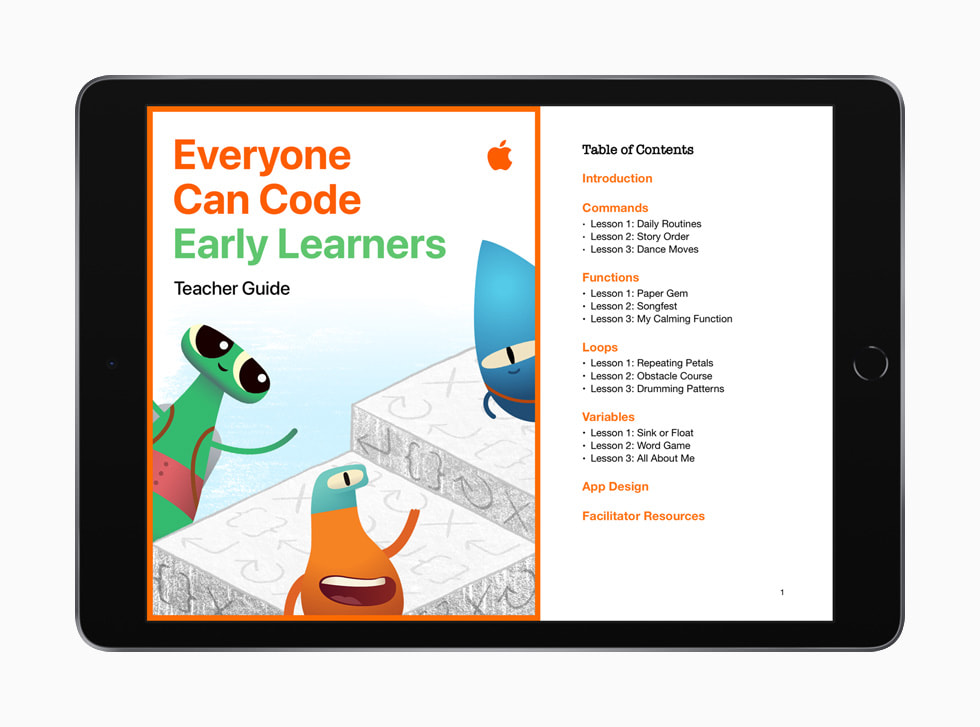
Numbers games are an excellent way to learn numbers and counting. They are also known as numbers racket, Italian lottery, and daily number. These illegal forms of gambling are mainly played in the working-class and poor areas. In addition to educational benefits, many people enjoy playing numbers games while watching their favorite movies or TV series. Below are five ways to teach your children about numbers. These games might be fun for you, so make sure to check them out!
Fun way to learn about numbers
You can teach your child numbers through games. There are many types of games to play that teach kids about numbers. One game you can play is the numbers twister, which allows your child to use objects as dice. There are many other ways to teach numbers to children, in addition to using dice. To teach shapes and count, you can use a number line. These are just a few of the fun games you could play with your child.

Make a flashcard that has the number. Students will see the flashcard and be able count the objects, then shout out the number. This game can help improve your child's memorization skills. It's also an excellent way to teach your child about the numbers one to ten. The next time you want to play this game, make sure you include the concept of quantity in your lesson plan. These games can be used to teach children how to count in a fun, easy way.
Playing and counting while you count
Counting on while playing numbers games is an excellent strategy for preparing children to begin learning about counting. This strategy, while it sounds simple, can help children develop their concentration and attention span. Children are more likely than adults to pay attention when they count on numbers, and not the actual number. Practice counting can be done by focusing on distance between objects or estimating numbers before and following. This strategy also prepares children to learn addition.
The effectiveness of counting on while playing numbers board games was examined in a study. It was found that children were better at understanding the numerical concepts of linear games than those that are circular. Researchers examined the children's ability identify numbers and their relation to spaces. This enhanced their ability estimate the size numbers on number lines. Children who were exposed to linear number board games had a greater ability to learn addition concepts and their estimation skills. The researchers also discovered that children who enjoyed games that required them to count while playing numbers were more able to estimate the size of numbers quickly.
Interactive number grids
Interactive number grids (ITPs) can be a fun way to explore patterns and number relationships. For example, using a 100 square grid, children can experiment with coloring in rows and columns based on the number they are starting with. Children can practice counting to fives or twos by placing a number between 0 and 5. For example, 47 is a distance between 37 and 84 on a number line.

Interactive Number Square is a great tool for whole-class instruction. Pressing 'Hide All' allows children in year one to count in tens. You can also use the 'Puzzle button to locate missing boxes. The dial can be turned backwards by children in the second and third years to help them practice using negative numbers. These games can also easily be played at home. An Interactive Number Grid can be used to teach math skills and number sense to young children.
FAQ
What is an alternative school?
The idea behind an alternative school is to offer students with learning difficulties access to education by providing them with support from qualified teachers who understand their individual needs.
Alternative schools are designed to give children with special education needs the chance to learn in a normal classroom setting.
They are also provided with extra assistance when necessary.
An alternative school isn't only for those who have been expelled from mainstream schools.
They are open to children of all abilities and disabilities.
Are there any special skills needed for my chosen field?
Writing skills are essential for lawyers. Nursing requires you to communicate well. To become an accountant, you will need strong math skills. These are just a few of the many examples. Think about all the things you enjoy doing. What job type will you have that allows you to do those things? If you want to be an engineer, you'll need to learn how to design structures and machines. Understanding basic math will be essential if you want to be successful. Business success requires a solid understanding of statistics and numbers. To be a successful teacher, you will need excellent communication skills. You must be able and willing to help others learn.
What is the difference between college and university?
A university is an institution that offers higher education. It offers undergraduate and postgraduate courses in various fields.
A college is typically smaller and less well-known than a university. While it might offer fewer courses than a university, it often has its own specialist department.
What's the purpose of education and schooling?
Education should help students develop skills necessary for employment. It is not just an academic pursuit but also a social activity where children learn from each other and gain confidence by participating in activities such as sports, music, and art. Learning to think creatively and critically is a key part of education. This allows students to be self-reliant, independent, and confident. What does it entail to have high educational standards?
Education standards that ensure all students reach their full potential are good. They provide a clear set of goals teachers work towards with their pupils. Schools can adapt to changing educational needs if they have good educational standards. In addition, they must be fair and equitable: every child has the same chance of success regardless of his/her background.
Statistics
- These institutions can vary according to different contexts.[83] (en.wikipedia.org)
- “Children of homeowners are 116% more likely to graduate from college than children of renters of the same age, race, and income. (habitatbroward.org)
- Globally, in 2008, around 89% of children aged six to twelve were enrolled in primary education, and this proportion was rising. (en.wikipedia.org)
- Data from the Department of Education reveal that, among 2008 college graduates, 92.8 percent of humanities majors have voted at least once since finishing school. (bostonreview.net)
- And, within ten years of graduation, 44.1 percent of 1993 humanities graduates had written to public officials, compared to 30.1 percent of STEM majors. (bostonreview.net)
External Links
How To
What is vocational training?
Vocational Education prepares students for work by giving them skills that are required for a specific job, such as welding. This includes apprenticeship programs and on-thejob training. Vocational Education is different than general education. It focuses on specific careers and not learning broad knowledge for the future. Vocational education does not prepare students for university, but it helps them find work after graduation.
Vocational education can be offered at any level of schooling: primary, secondary, college, university, technical institutes and trade schools. Many specialized schools are available, including nursing and culinary schools, law schools medical and dental schools, veterinary medicine school, veterinary medicine schools, firefighting training schools, police academies, military academy, and other military schools. These schools offer both practical and academic training.
Over the last decade, several countries have made significant investment in vocational education. The effectiveness of vocational training is still a controversial topic. Some critics believe it doesn't help students get hired, while others claim that it helps prepare them for life after high school.
The U.S. Bureau of Labor Statistics estimates that 47% of American adults possess a postsecondary certificate, or degree related to current occupation. This figure is higher for those with more education. 71% (25-29) of Americans have a bachelor's level or higher and work in fields that require a postsecondary degree.
According to the BLS, nearly half of America's adult population held at least one postsecondary credential in 2012. A third of Americans have a two-year associate's degree and 10% hold a four year bachelor's degree. One fifth of Americans have a master's, or doctorate.
The median annual wage for individuals with a bachelor's in 2013 was $50,000. This was compared to $23,800 when they had no degree. For advanced degrees, the median annual wage was $81,300.
The median wage for those who didn't complete high school was $15,200. A person with a lower high school diploma earned $13,000 annually.